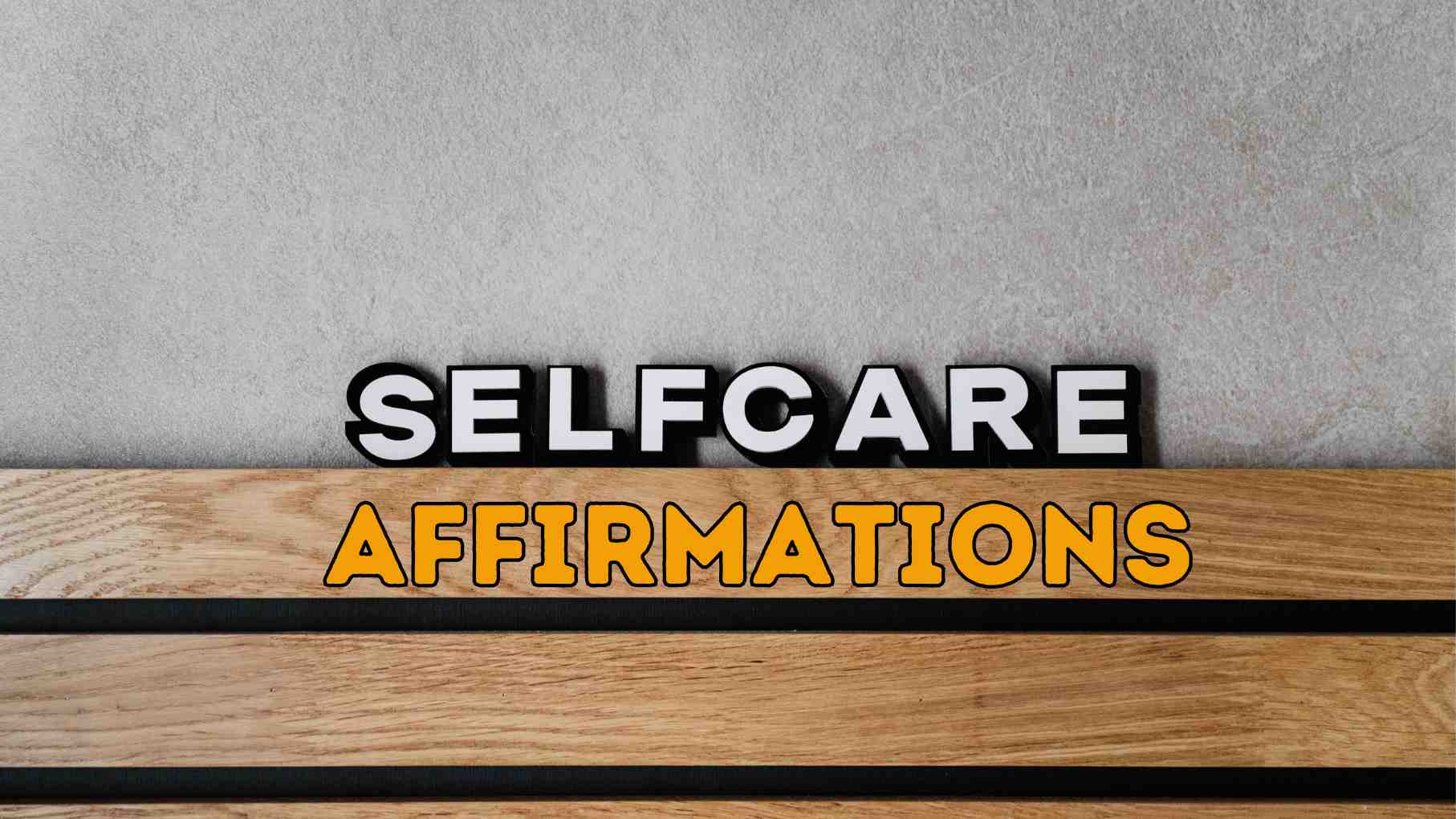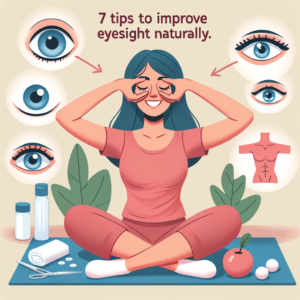The Power of Affirmations: A Path to Better Health
Welcome to DrRituGoyal.com. I am Dr. Ritu Goyal, a gynecologist and life coach dedicated to helping you achieve optimal health and well-being. In today’s fast-paced world, maintaining good health can often feel overwhelming. Amidst the plethora of advice on diet, exercise, and wellness, one powerful yet simple tool often goes unnoticed: affirmations. So, what exactly are affirmations, and how can they help you achieve better health?
What Are Affirmations?
Affirmations are positive statements that you repeat to yourself, usually to influence your subconscious mind and foster a positive mental attitude. They are a form of self-talk designed to challenge and overcome self-sabotaging and negative thoughts. For example, an affirmation might be, “I am healthy, strong, and full of energy,” or “I take good care of my body and mind.”
The Science Behind Affirmations
The concept of affirmations is rooted in the field of psychology, particularly in cognitive-behavioral therapy (CBT). CBT emphasizes the importance of our thoughts in shaping our emotions and behaviors. By consciously repeating positive affirmations, we can rewire our brains, replacing negative thought patterns with positive ones.
Neuroscientific research supports this idea. Studies have shown that the brain’s neural pathways can be reshaped through repeated thought patterns. This process, known as neuroplasticity, means that by regularly practicing affirmations, we can effectively change the way our brain processes information, leading to a more positive outlook on life.
How Affirmations Can Improve Health
- Reducing Stress and Anxiety: Affirmations can help reduce stress and anxiety by promoting a sense of calm and control. When you repeat positive statements, it can help counteract the negative thoughts that often contribute to feelings of stress and anxiety.
- Boosting Self-Confidence: Regularly using affirmations can increase your self-confidence and self-worth. Believing in your ability to make healthy choices can lead to better health outcomes, as you are more likely to engage in behaviors that promote well-being.
- Encouraging Healthy Habits: Affirmations can reinforce the commitment to healthy habits. For example, affirming that you enjoy eating nutritious foods or that you love being active can help solidify these behaviors in your daily routine.
- Enhancing Mental Health: Positive affirmations can improve overall mental health by fostering a positive mindset. A positive mental state is linked to lower levels of depression and anxiety, which can have a profound impact on physical health.
- Strengthening Immune Function: There is evidence to suggest that a positive mindset can boost the immune system. By reducing stress and promoting a sense of well-being, affirmations can help support a healthy immune response.
Practical Tips for Using Affirmations
- Be Specific: Make your affirmations specific to your health goals. Instead of saying, “I am healthy,” you might say, “I nourish my body with healthy foods every day.”
- Use Present Tense: Phrase your affirmations as if they are already true. This helps your mind to accept them more readily. For example, say, “I am full of energy,” instead of “I will be full of energy.”
- Repeat Regularly: Consistency is key. Repeat your affirmations daily, ideally in the morning and before bed, to reinforce the positive messages.
- Believe in Your Words: It’s important to genuinely believe in the affirmations you are repeating. If you find it difficult to believe, start with statements that feel more realistic and gradually build up to stronger affirmations.
- Visualize Your Affirmations: Along with repeating affirmations, visualize the positive outcomes associated with them. This can help reinforce the messages and make them more impactful.
For free access to course click: Here
Reducing Stress and Anxiety: The Power of Affirmations
In our fast-paced world, stress and anxiety have become common companions for many. Whether it’s the pressures of work, personal life, or the constant stream of information from our digital devices, it’s easy to feel overwhelmed. One powerful tool to combat these feelings is the use of affirmations. Affirmations are positive statements that can help shift your mindset, promote a sense of calm, and regain a feeling of control over your life. Here’s how affirmations can be a game-changer in reducing stress and anxiety:
The Science Behind Affirmations
Affirmations work on the principle of self-affirmation theory, which suggests that we can maintain our self-integrity by telling ourselves what we believe in positive ways. When we repeat positive statements, our brain starts to internalize these messages, gradually replacing negative thought patterns with more constructive ones. This process can significantly impact our mental health and emotional well-being.
Counteracting Negative Thoughts
Stress and anxiety often stem from negative thoughts and beliefs. These can be about our capabilities, our worth, or even the future. Such thoughts can create a cycle of negativity that feeds on itself, making stress and anxiety worse. Affirmations help break this cycle by providing a counter-narrative. For example, if you often think, “I’m not good enough,” an affirmation like “I am capable and strong” can start to overwrite this negative belief, reducing its power over you.
Promoting a Sense of Calm
When we are stressed or anxious, our bodies enter a state of ‘fight or flight,’ releasing stress hormones like cortisol. This response is helpful in short bursts but can be harmful if it becomes chronic. Affirmations can help activate the body’s relaxation response. Repeating calming statements like “I am at peace” or “I am calm and centered” can signal to your brain that it’s safe to relax, thus reducing the physical symptoms of stress and anxiety.
Regaining Control
One of the most distressing aspects of anxiety is the feeling of losing control. Affirmations can help you regain a sense of agency over your thoughts and emotions. By choosing affirmations that resonate with you, such as “I am in control of my thoughts” or “I choose to focus on what I can control,” you empower yourself to take charge of your mental state. This sense of control can be incredibly soothing and can reduce the helplessness that often accompanies anxiety.
Practical Tips for Using Affirmations
- Identify Your Stressors: Start by identifying the thoughts and situations that cause you stress and anxiety. This awareness will help you craft affirmations that are specific and relevant to your needs.
- Keep It Positive: Ensure that your affirmations are positive and in the present tense. For example, instead of saying, “I will not be anxious,” say, “I am calm and at peace.”
- Be Consistent: Repetition is key. Practice your affirmations daily, ideally in a quiet space where you can focus fully.
- Visualize: As you say your affirmations, try to visualize them becoming your reality. This mental imagery can reinforce the positive message.
- Believe in Them: Initially, affirmations might feel unnatural, but with time and consistent practice, they will become more believable and impactful.
The True Recipe for Happiness: Balancing Wealth, Health, and Relationships
Daily Ho’oponopono: for Stress Reduction and Positivity
Ready HealthAffirmations
Here are some positive affirmations focused on health:
- I am healthy, strong, and full of energy.
- My body is healing, and I am becoming stronger each day.
- I nourish my body with healthy food and joyful movement.
- I am grateful for my vibrant health and vitality.
- I listen to my body and take good care of it.
- My mind is calm, and my body is at ease.
- Every cell in my body radiates health and vitality.
- I am in perfect health and filled with energy.
- I trust in my body’s ability to heal and thrive.
- I am worthy of good health and take actions to maintain it.
- I am kind to my body and treat it with respect.
- I breathe deeply, exercise regularly, and feed my body with nutritious foods.
- My mind and body are in perfect harmony.
- I love and appreciate my body.
- I release all negative thoughts and embrace positivity and health.
- I am patient with my body and give it the rest it needs.
- I am resilient, strong, and capable of achieving optimal health.
- My immune system is strong and protects me always.
- I choose health, happiness, and love every day.
- I am committed to living a healthy lifestyle.
Health affirmations
You Can listen This With Video- Click Here
Conclusion
Affirmations are a simple yet powerful tool that can significantly contribute to better health. By harnessing the power of positive thinking, you can reduce stress, build self-confidence, and promote healthy habits. Whether you are looking to improve your physical health, mental well-being, or overall quality of life, incorporating affirmations into your daily routine can set you on a path to a healthier, happier you.
Begin your journey to better health today with a single positive thought.
Warm regards,
Dr. Ritu Goyal
Gynecologist and Life Coach













